Growing Rutabaga and Swede might sound like an old-fashioned endeavor, something your grandparents did, but trust me, these root vegetables are making a serious comeback! For centuries, rutabagas and swedes (often used interchangeably, though technically they’re slightly different) have been a staple in European and North American diets, providing sustenance through harsh winters. Think hearty stews, creamy mashes, and even roasted delights – the possibilities are endless.
But why should you bother growing rutabaga and swede in your own backyard? Well, for starters, they’re incredibly nutritious, packed with vitamins and fiber. Plus, store-bought versions often lack the fresh, earthy flavor you can only get from homegrown produce. And let’s be honest, there’s a certain satisfaction that comes from nurturing a tiny seed into a substantial, edible root.
This DIY guide is your key to unlocking the secrets of successfully cultivating these underrated gems. I’m going to share all my tried-and-true tips and tricks, from seed selection to harvesting, ensuring you have a bountiful crop of rutabagas and swedes to enjoy all season long. Forget complicated gardening techniques – we’re keeping it simple, practical, and fun. So, grab your gardening gloves, and let’s get started!
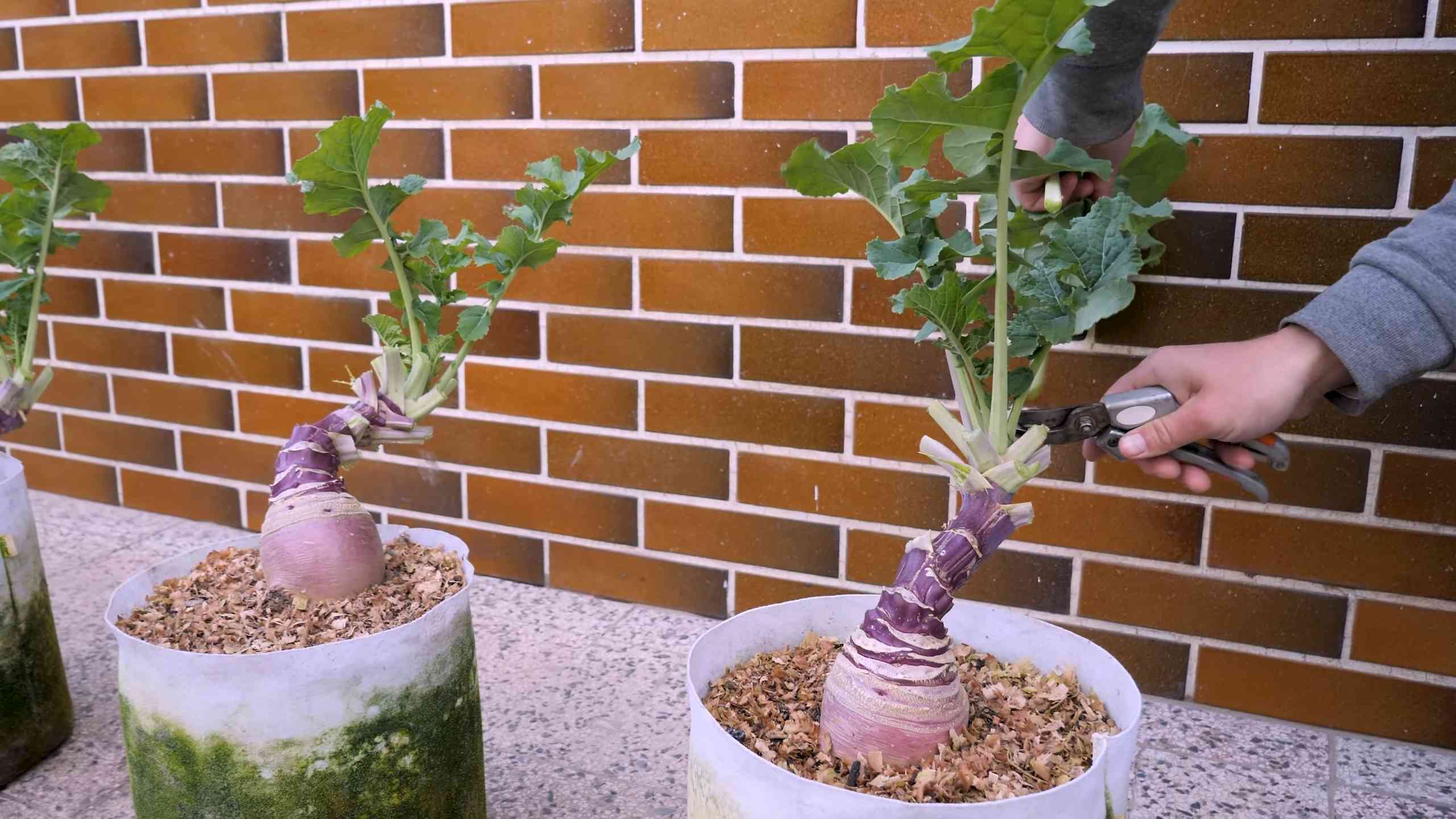
Growing Rutabaga and Swede: A Comprehensive DIY Guide
Hey there, fellow gardeners! I’m so excited to share my experience with growing rutabagas and swedes. These root vegetables are incredibly rewarding to cultivate, offering a delicious and nutritious harvest that can last through the winter. They’re often confused, and honestly, the difference is subtle, but the growing process is nearly identical, so we’ll tackle them together. Let’s dive in!
Understanding Rutabagas and Swedes
Before we get our hands dirty, let’s clarify what we’re dealing with. Rutabagas (Brassica napobrassica) and swedes (often called rutabagas in some regions!) are members of the Brassica family, related to cabbage, broccoli, and turnips. They’re known for their large, bulbous roots and leafy tops.
* **Rutabagas:** Generally larger and have a slightly sweeter, more complex flavor than swedes. Their flesh is typically yellow or orange.
* **Swedes:** Tend to be smaller and have a milder, slightly bitter taste. Their flesh is usually yellow or white.
Honestly, unless you’re a connoisseur, you might not notice a huge difference. The important thing is that the growing techniques are the same!
Preparing Your Garden Bed
The key to successful rutabaga and swede cultivation is proper soil preparation. These root vegetables need loose, well-drained soil to thrive.
* **Sunlight:** Choose a location that receives at least 6 hours of direct sunlight per day.
* **Soil Type:** Aim for a slightly acidic soil pH between 6.0 and 6.8.
* **Drainage:** Ensure excellent drainage to prevent root rot.
* **Soil Amendments:** Incorporate plenty of organic matter, such as compost or well-rotted manure, to improve soil fertility and drainage.
Step-by-Step Planting Guide
Now for the fun part – planting! I prefer to direct sow my rutabaga and swede seeds, but you can also start them indoors if you have a short growing season.
1. **Timing is Key:** The best time to plant rutabagas and swedes is in mid-summer, about 90-100 days before the first expected frost. This allows them ample time to mature before winter. I usually aim for late June or early July in my zone.
2. **Sowing Seeds:** Sow seeds directly into the prepared garden bed, spacing them about 2-3 inches apart in rows that are 18-24 inches apart. Plant the seeds about ½ inch deep.
3. **Watering:** Gently water the soil after planting to ensure good seed-to-soil contact. Keep the soil consistently moist until the seedlings emerge.
4. **Thinning:** Once the seedlings are a few inches tall, thin them to 6-8 inches apart. This gives the remaining plants enough space to develop large, healthy roots. Don’t just yank them out! I carefully snip the unwanted seedlings at the soil line to avoid disturbing the roots of the plants I want to keep.
5. **Mulching:** Apply a layer of mulch around the plants to help retain moisture, suppress weeds, and regulate soil temperature. Straw, hay, or shredded leaves work well.
Caring for Your Rutabagas and Swedes
Consistent care is essential for a bountiful harvest. Here’s what I do to keep my plants happy and healthy:
* **Watering:** Water regularly, especially during dry spells. Rutabagas and swedes need consistent moisture to develop properly. Aim for about 1 inch of water per week.
* **Weeding:** Keep the garden bed free of weeds, which can compete with the plants for nutrients and water. Hand-weeding is the best option to avoid damaging the roots.
* **Fertilizing:** If your soil is poor, you may need to fertilize your plants. Use a balanced fertilizer, following the instructions on the package. I prefer to side-dress with compost tea every few weeks.
* **Pest Control:** Keep an eye out for pests such as aphids, flea beetles, and cabbage worms. I usually start with organic pest control methods like insecticidal soap or neem oil. Row covers can also be effective in preventing pest infestations.
* **Disease Prevention:** Ensure good air circulation around the plants to prevent fungal diseases. Avoid overhead watering, which can create a humid environment that encourages disease development.
Dealing with Common Problems
Even with the best care, you might encounter some challenges. Here are a few common problems and how I deal with them:
* **Root Maggots:** These pests can tunnel into the roots, causing damage and decay. To prevent root maggots, use row covers or apply beneficial nematodes to the soil.
* **Clubroot:** This fungal disease causes swollen, distorted roots. To prevent clubroot, practice crop rotation and maintain a slightly acidic soil pH.
* **Bolting:** If the plants experience stress, such as extreme heat or drought, they may bolt (flower prematurely). This can affect the quality of the roots. To prevent bolting, provide consistent moisture and protect the plants from extreme temperatures.
Harvesting Your Bounty
The moment we’ve all been waiting for – harvest time! Rutabagas and swedes are typically ready to harvest in the fall, after the first frost.
1. **Timing:** The flavor of rutabagas and swedes actually improves after a frost, as the cold temperatures convert starches to sugars.
2. **Harvesting:** To harvest, carefully loosen the soil around the roots with a garden fork. Gently pull the plants from the ground, being careful not to damage the roots.
3. **Cleaning:** Brush off any excess soil from the roots.
4. **Curing:** Cure the roots for a few days in a cool, dry place to allow the skins to toughen up. This will help them store longer.
Storing Your Harvest
Proper storage is crucial for enjoying your rutabagas and swedes throughout the winter.
* **Ideal Conditions:** Store the roots in a cool, dark, and humid place, such as a root cellar or unheated garage. The ideal temperature is between 32°F and 40°F with high humidity.
* **Storage Methods:** You can store the roots in bins filled with sand, sawdust, or peat moss. Make sure the roots are not touching each other to prevent rot.
* **Checking for Spoilage:** Check the roots periodically for signs of spoilage, such as soft spots or mold. Remove any damaged roots to prevent the rot from spreading.
* **Alternative Storage:** If you don’t have a root cellar, you can store the roots in the refrigerator. Wrap them individually in damp paper towels and place them in a plastic bag. They should last for several weeks.
Delicious Ways to Enjoy Rutabagas and Swedes
Now that you have a bountiful harvest, it’s time to enjoy the fruits (or rather, roots!) of your labor. Rutabagas and swedes are incredibly versatile and can be used in a variety of dishes.
* **Roasted:** Roasting brings out the natural sweetness of rutabagas and swedes. Simply toss them with olive oil, salt, and pepper, and roast them in the oven until tender.
* **Mashed:** Mashed rutabagas and swedes are a delicious and healthy alternative to mashed potatoes. Add butter, cream, and seasonings to taste.
* **Soups and Stews:** Rutabagas and swedes add a hearty flavor and texture to soups and stews.
* **Fries:** Cut rutabagas and swedes into fries, toss them with olive oil and spices, and bake them in the oven for a healthy and delicious snack.
* **Raw:** You can even eat rutabagas and swedes raw! Grate them into salads or use them as crudités with your favorite dip.
Saving Seeds for Next Year
If you want to continue growing rutabagas and swedes year after year, you can save the seeds from your best plants.
1. **Selection:** Choose healthy, vigorous plants with desirable traits.
2. **Overwintering:** Allow the selected plants to overwinter in the ground.
3. **Flowering:** In the spring, the plants will flower and produce seed pods.
4. **Harvesting:** Once the seed pods are dry and brown, harvest them and allow them to dry completely.
5. **Threshing:** Thresh the seed pods to release the seeds.
6. **Cleaning:** Clean the seeds by removing any debris.
7. **Storage:** Store the seeds in a cool, dry place until next planting season.
Troubleshooting
Sometimes, things don’t go as planned. Here’s a quick troubleshooting guide:
* **Poor Germination:** Ensure the soil is moist and the seeds are planted at the correct depth. Use fresh seeds.
* **Slow Growth:** Provide adequate sunlight, water, and nutrients. Check the soil pH.
* **Small Roots:** Thin the plants properly and ensure they have enough space to grow.
* **Bitter Taste:** Harvest after a frost to improve the flavor.
Final
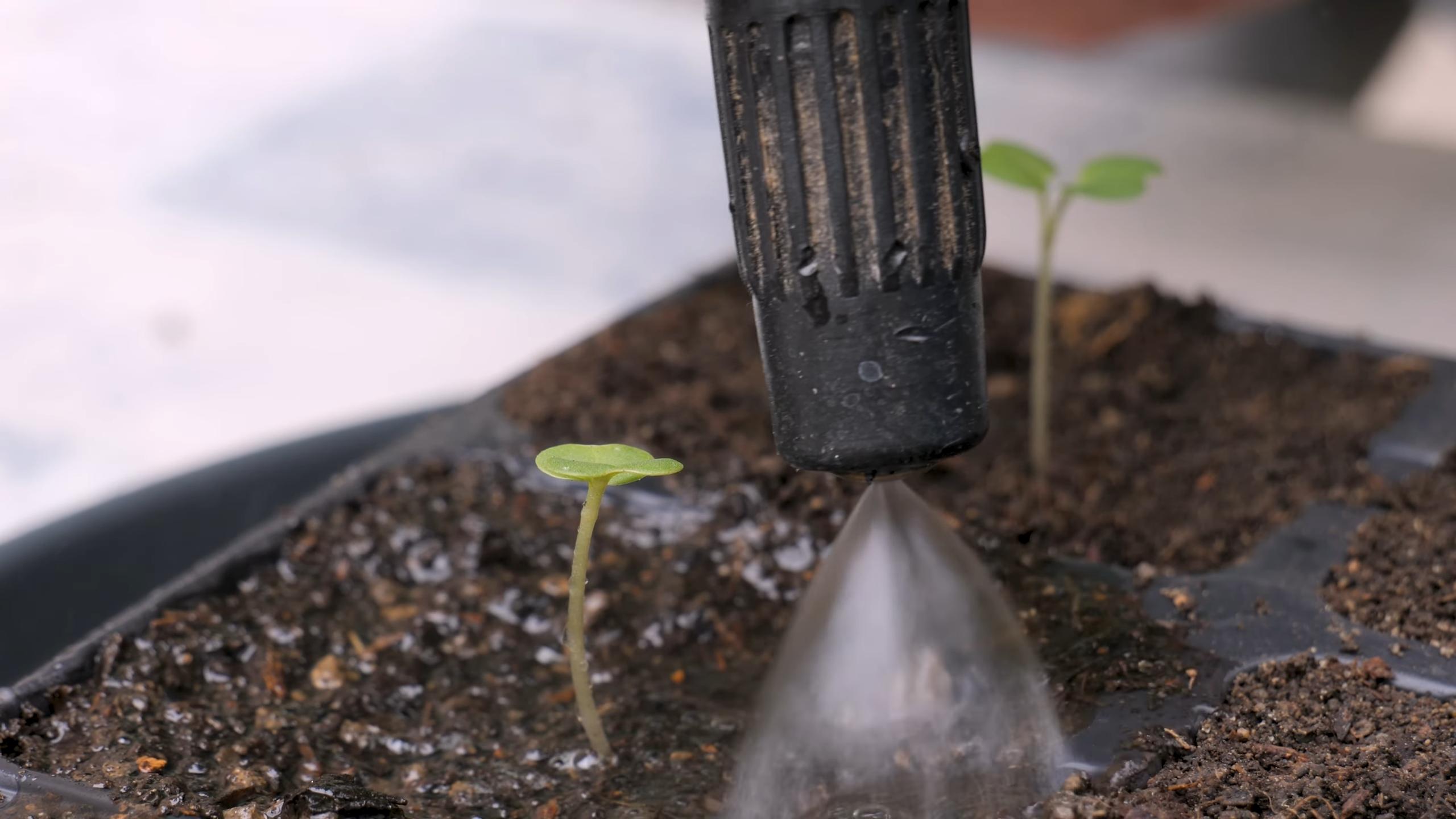
Conclusion
So, there you have it – a comprehensive guide to successfully growing your own rutabaga and swede! We’ve covered everything from seed selection and soil preparation to planting, nurturing, and harvesting these often-overlooked root vegetables. But why should you bother with the effort of growing them yourself when you can simply buy them at the store? The answer lies in the unparalleled freshness, flavor, and satisfaction that comes from nurturing something from seed to table.
Think about it: store-bought rutabagas and swedes often sit on shelves for days, even weeks, losing their vibrant taste and nutritional value. When you grow your own, you can harvest them at their peak ripeness, ensuring a sweet, slightly nutty flavor that’s simply unmatched. Plus, you have complete control over the growing process, avoiding harmful pesticides and herbicides and opting for organic methods that are better for your health and the environment.
Beyond the superior taste and health benefits, growing rutabaga and swede is also a rewarding experience in itself. There’s something deeply satisfying about connecting with nature, getting your hands dirty, and watching your hard work pay off in the form of delicious, homegrown vegetables. It’s a great way to reduce your carbon footprint, support local food systems, and even save money on your grocery bill.
But the real magic of growing your own rutabaga and swede lies in the possibilities for culinary exploration. While mashed rutabaga and swede are classic dishes, don’t be afraid to experiment! Try roasting them with other root vegetables for a hearty side dish, grating them into salads for a crunchy texture and subtle sweetness, or even using them to make a flavorful soup or stew.
Variations and Suggestions:
* Companion Planting: Plant your rutabagas and swedes alongside companion plants like beans, peas, or marigolds to deter pests and improve soil health.
* Succession Planting: Extend your harvest season by planting rutabagas and swedes in succession, sowing new seeds every few weeks.
* Different Varieties: Explore different varieties of rutabaga and swede to discover your favorite flavors and textures. Some popular varieties include ‘Laurentian’ rutabaga and ‘Marian’ swede.
* Storage Techniques: Learn proper storage techniques to keep your harvested rutabagas and swedes fresh for months. Store them in a cool, dark, and humid place, such as a root cellar or refrigerator.
* Creative Cooking: Don’t limit yourself to traditional recipes. Get creative in the kitchen and experiment with new ways to incorporate rutabaga and swede into your meals. Consider adding them to gratins, fritters, or even desserts!
We encourage you to take the plunge and try growing your own rutabaga and swede. It’s a rewarding experience that will not only provide you with delicious, healthy food but also connect you with nature and empower you to take control of your food supply. Remember to pay close attention to the specific needs of your chosen variety and adapt your growing practices to your local climate and soil conditions.
And most importantly, don’t be afraid to experiment and have fun! Gardening is a journey of learning and discovery, and there’s always something new to learn. We’re confident that with a little patience and effort, you’ll be enjoying homegrown rutabagas and swedes in no time.
We’d love to hear about your experiences growing rutabaga and swede! Share your tips, tricks, and recipes in the comments below. Let’s create a community of passionate gardeners who are dedicated to growing their own delicious and nutritious food. Happy gardening!
FAQ
Frequently Asked Questions About Growing Rutabaga and Swede
Q: What is the difference between rutabaga and swede? Are they the same thing?
A: While often used interchangeably, rutabaga and swede are closely related but distinct vegetables. Swede is the more common term in the UK, while rutabaga is more prevalent in North America. Generally, rutabagas are larger, have a rougher skin, and a slightly sweeter flavor than swedes. Swedes tend to have a smoother skin and a more pronounced turnip-like taste. Both are root vegetables belonging to the Brassica family.
Q: When is the best time to plant rutabaga and swede?
A: The best time to plant rutabaga and swede is in late spring or early summer, about 90-100 days before the first expected frost. This allows them enough time to mature before the cold weather sets in. In warmer climates, you can also plant them in the fall for a winter harvest. Check your local frost dates to determine the optimal planting time for your region.
Q: What kind of soil do rutabaga and swede need?
A: Rutabaga and swede thrive in well-drained, fertile soil with a pH between 6.0 and 7.0. Amend your soil with compost or other organic matter to improve drainage and nutrient content. Avoid heavy clay soils, as they can hinder root development.
Q: How much sunlight do rutabaga and swede need?
A: Rutabaga and swede require at least 6 hours of sunlight per day. Choose a sunny location in your garden where they will receive ample sunlight throughout the growing season.
Q: How often should I water rutabaga and swede?
A: Water your rutabaga and swede regularly, especially during dry periods. Aim to keep the soil consistently moist but not waterlogged. Water deeply and less frequently, rather than shallowly and more often, to encourage deep root growth.
Q: What are some common pests and diseases that affect rutabaga and swede?
A: Common pests that can affect rutabaga and swede include aphids, flea beetles, cabbage root flies, and slugs. Diseases include clubroot, powdery mildew, and downy mildew. Implement preventative measures such as crop rotation, companion planting, and using row covers to protect your plants. If pests or diseases become a problem, consider using organic pest control methods or disease-resistant varieties.
Q: How do I know when rutabaga and swede are ready to harvest?
A: Rutabaga and swede are typically ready to harvest when they reach a diameter of 3-5 inches. The exact size will depend on the variety. You can also check the maturity date on the seed packet. The tops of the roots should be visible above the soil surface.
Q: How do I store rutabaga and swede after harvesting?
A: To store rutabaga and swede, cut off the tops, leaving about an inch of stem. Brush off any excess soil and store them in a cool, dark, and humid place, such as a root cellar or refrigerator. They can be stored for several months under the right conditions.
Q: Can I eat the leaves of rutabaga and swede?
A: Yes, the leaves of rutabaga and swede are edible and nutritious. They can be cooked like spinach or other leafy greens. Harvest young, tender leaves for the best flavor.
Q: My rutabagas and swedes are small and tough. What could be the problem?
A: Several factors can contribute to small and tough rutabagas and swedes, including insufficient sunlight, poor soil, lack of water, and overcrowding. Ensure that your plants are receiving adequate sunlight, water, and nutrients. Thin out seedlings to provide enough space for them to grow.
Q: Can I grow rutabaga and swede in containers?
A: Yes, you can grow rutabaga and swede in containers, but you will need a large container with good drainage. Choose a container that is at least 12 inches deep and wide. Use a high-quality potting mix and provide regular watering and fertilization.
Q: Are rutabagas and swedes good for you? What are their nutritional benefits?
A: Yes, rutabagas and swedes are very nutritious. They are a good source of fiber, vitamin C, potassium, and antioxidants. They are also low in calories and fat. Incorporating rutabagas and swedes into your diet can contribute to overall health and well-being.

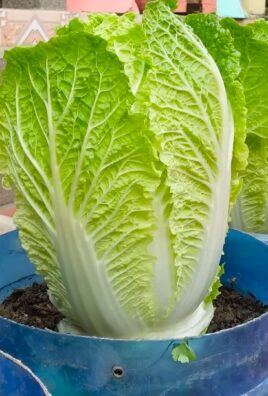
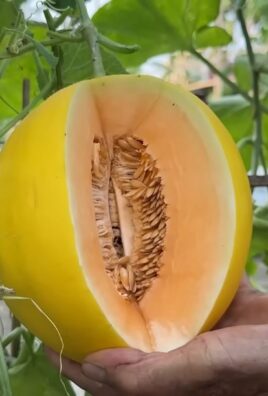
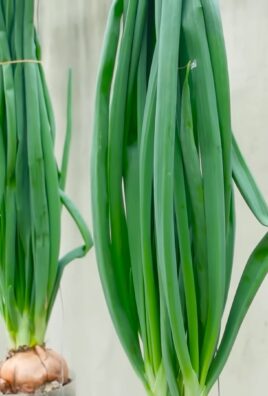
Leave a Comment